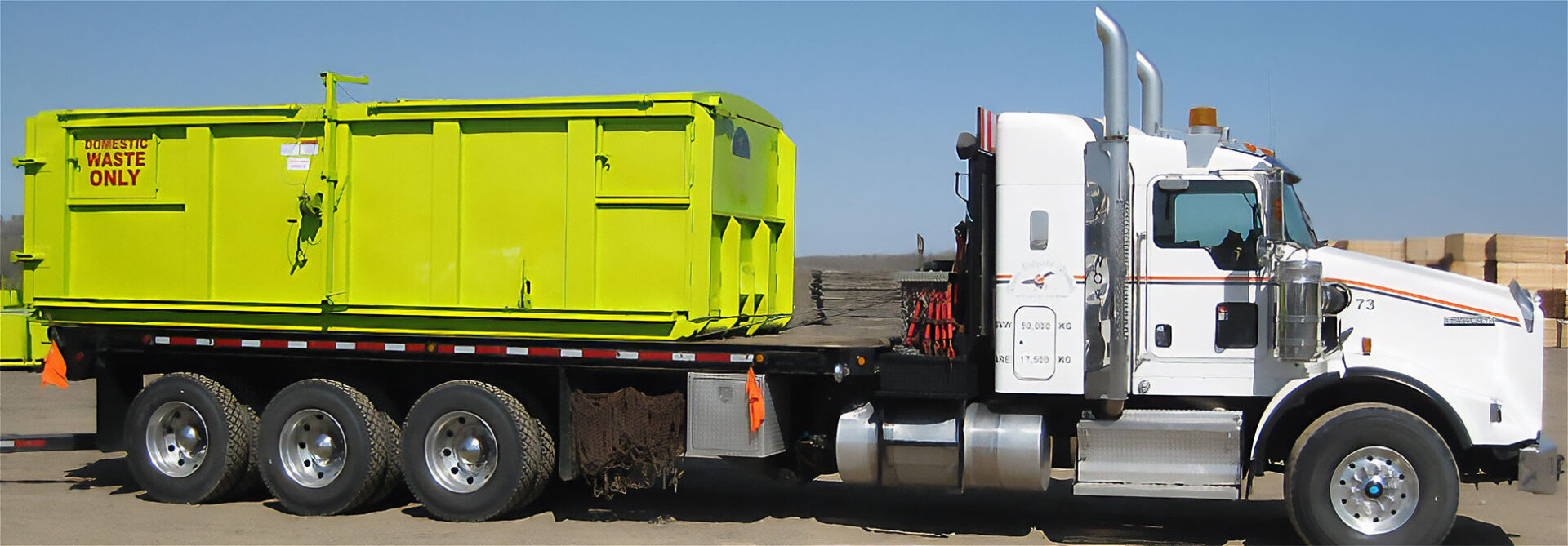All About Oil Field Equipment and Pipeline Equipment: Key Insights and Vital Info
Oil field equipment and pipeline systems play a pivotal duty in the oil and gas market. They are essential for the reliable extraction and transport of hydrocarbons. Key parts, such as drilling rigs and storage space tanks, straight impact functional success. Advancements in innovation promise to improve safety and security and effectiveness. Recognizing these aspects is essential for anybody associated with or interested in this complicated market, as it establishes the phase for much deeper exploration of sector practices.

Overview of Oil Field Equipment
As the need for oil remains to expand, comprehending the devices utilized in oil fields comes to be significantly crucial. Oil field equipment incorporates a variety of machinery and devices crucial for exploration, extraction, and handling. Secret components consist of piercing rigs, which are vital for reaching oil storage tanks, and manufacturing equipment, such as separators and pumps, that facilitate the removal process. Superior Rentals midland. Additionally, tank play a significant duty in holding crude oil prior to transportation. Safety tools, including blowout preventers and stress assesses, guarantees functional safety and performance. Each piece of tools functions cohesively to maximize production and preserve reliable process. Knowledge with this devices is necessary for experts in the sector to guarantee effective operations and adherence to security criteria
Kinds Of Drilling Rigs and Their Applications
Drilling rigs function as the backbone of oil extraction operations, with various kinds designed for details geological conditions and functional needs. One of the most common types consist of rotating drilling rigs, which utilize a revolving drill bit to permeate the planet, and cable tool rigs, understood for their percussion boring method. For offshore operations, jack-up rigs and semi-submersible rigs give security and support in marine atmospheres. In addition, directional drilling rigs enable operators to pierce at angles, getting to down payments that are not up and down accessible. Each rig type has distinct benefits, maximizing performance and safety and security based on the drilling environment. Choosing the suitable rig is crucial for maximizing resource extraction while reducing environmental impact and operational costs.

Crucial Pipeline Equipment and Their Features
Pipeline facilities is necessary for the transport of oil and gas from removal sites to processing centers and end-users. Numerous necessary devices elements facilitate this procedure. Pipes themselves function as the main channels, developed to hold up against high stress and harsh compounds. Pump stations are important for maintaining flow by boosting stress along the pipeline. Valves play an important duty in regulating flow and separating areas for maintenance. In addition, installations and connectors assure safe joints between pipeline sections. Keeping track of systems, consisting of circulation meters and pressure sensing units, are important for detecting leakages and optimizing circulation rates. Ultimately, pigging devices is employed for upkeep and cleaning, securing pipeline integrity and performance. With each other, these elements form the backbone of a trustworthy pipeline system.
Innovations and Technologies in Oil and Gas Equipment

Safety and Upkeep Practices in the Oil Market
While the oil sector has actually made significant strides in modern technology and efficiency, the value of robust safety and security and maintenance practices can not be overemphasized. Effective security protocols are important to secure workers and the atmosphere, minimizing the danger of accidents and spills. Routine inspections and maintenance of tools assistance recognize potential problems prior to they intensify, making certain operational stability. Educating programs for employees are essential, emphasizing the value of safety understanding and emergency situation reaction treatments. In addition, adherence to industry guidelines and criteria fosters a culture of safety. Carrying out innovative monitoring innovations can better enhance maintenance methods, permitting for real-time assessments of equipment conditions. Eventually, focusing on safety and security and maintenance is important to the sustainability and success of the oil market.
Regularly Asked Questions
What Are the Environmental Impacts of Oil Field Equipment?
The environmental impacts of oil field equipment include environment devastation, water contamination, and air click to read contamination (Superior Rentals near me). Furthermore, equipment malfunction can lead to spills, detrimentally influencing Resources wild animals and environments, highlighting the requirement for strict policies and monitoring
Just How Is Oil Field Equipment Moved to Remote Locations?
Transporting oil field equipment to remote areas commonly includes specific automobiles, helicopters, or barges. Logistics business coordinate routes, making certain devices arrives securely and effectively, considering surface and ease of access to minimize hold-ups and make best use of efficiency.
What Regulatory Specifications Govern Oil Field Equipment?
Regulative criteria governing oil field equipment largely include safety and security, environmental management, and operational performance guidelines. Agencies such as OSHA and EPA apply these policies to assure safe methods and minimize eco-friendly impact in oil extraction operations.
What Abilities Are Required to Operate Oil Field Machinery?

Exactly How Do Oil Costs Affect Equipment Demand and Use?
Oil costs substantially affect tools need and usage. Higher prices usually result in increased expedition and manufacturing tasks, driving demand for machinery. Alternatively, reduced prices might lead to reduced procedures and decreased demand for devices.